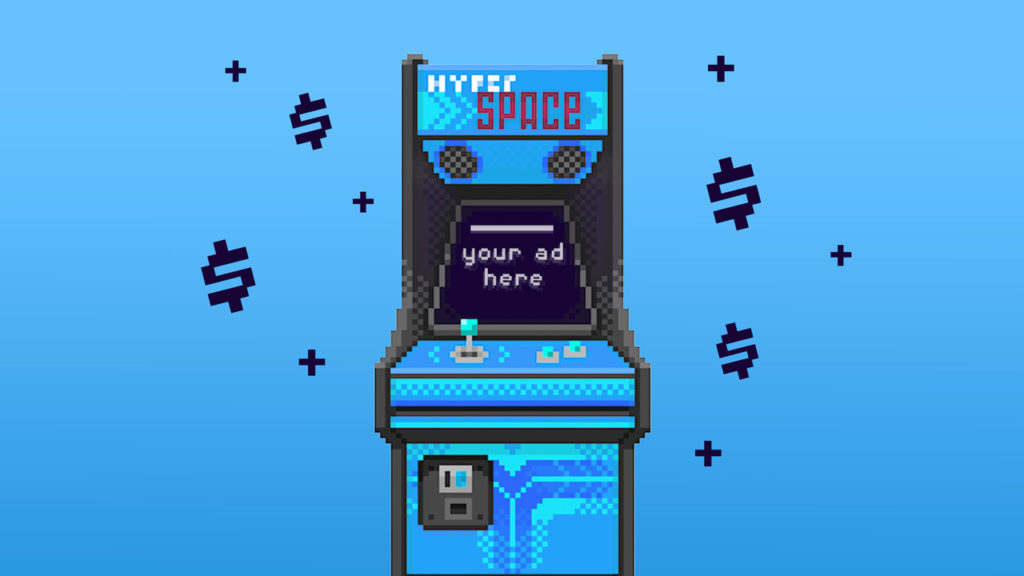Although there are benefits to advertising through mobile games like higher completion rates for rewarded videos and captive audiences, brands have been relatively slow to adopt it.
Reasons for this has been largely attributed to two factors, the first being that many still believe that the gaming audience is comprised largely of teenage boys, which limits the demographic appeal. The second is that there is significant fragmentation in the marketplace, so marketers who know the benefits of in-game ads might not know where to find this inventory. However, that’s starting to change.
Changing Perspectives, Offering Solutions
Currently, about 79 percent of smartphone users play games, and the 2017 Tapjoy report shows that 63 percent of mobile gamers are women, with all age ranges well represented along with a broad scope of economic levels.
Entertainment brands such as movie and TV studios are the largest categories to take advantage of in-game ads, followed by consumer-packaged goods, quick service restaurants, automotive, healthcare, finance brands and utility apps. However, the majority of ad dollars are still being spent on verticals such as social media and video.
To raise the profile of in-game ads as a viable ad inventory, Unity Technologies announced a partnership with Google that integrated the search giant’s Universal App Campaigns—AI-driven app advertising campaigns across all Google platforms—into the Unity game development engine. With it, Google advertisers are provided with direct access to Unity’s global inventory, while game developers gain a wider range of advertisers.
Game Apps Lead The Monetization Charge
Lexi Sydow, market insights manager at App Annie, told AList that in July 2018, more than half of the top 50 iOS games monetized through in-app ads compared to 12 percent of non-gaming apps in the US. Essentially, mobile games monetize in-app ads four times more often than non-gaming apps.
“Games tend to be early adopters on mobile and many have seen strong success monetizing through in-app ads,” Sydow explained. “In-app advertising can be a particularly successful pathway for monetization in apps, which is especially true for emerging markets where consumers may have less propensity to purchase through the app store in the form of paid downloads, in-app purchases or in-app subscriptions.”
About 36 percent of the top 500 apps on Google Play and Apple’s App Store, which aren’t limited to games, currently monetize with Facebook Audience Network, which serves ads to third-party apps and mobile websites in addition to its Instant Games platform.
Alvin Bowles, vice president and global publisher of sales and operations at Facebook told AList that, “Nearly 80 percent of interstitial ad impressions on gaming apps on Audience Network come from non-gaming advertisers.”
The platform also recently launched its own playable ad format, which promotes games on the Facebook News Feed.
Banking On Engagement
Emily McInerney, VP of marketing at Tapjoy added that in-game app ad inventory tends to look different from traditional digital ad inventory because the majority of them are value-exchange ads. Instead of using display ads or pre-rolls, games usually integrate ads into the playing experience with opt-in ads that provide rewards.
“In-game ads that are based on the value exchange automatically tie engagement to conversion by delivering the conversions that advertisers seek most, whether completed video views or any type of marketing action, such as a purchase, subscription, survey completion, etc. We’ve even found that many consumers become so interested in the advertising content and offer that they will convert beyond the initial advertising action,” McInerney explained.
For instance, viewers may click on an interactive end card at the end of a video ad even when there is no reward offered because they’re interested in what the ad is promoting. McInerney said that this is “the ideal way to turn attention and engagement into conversion, and it works more effectively in the in-game environment than anywhere else.”
One of the most effective campaigns Tapjoy ran this year was for Nickelodeon in promoting its Kids’ Choice Sports awards. The campaign featured an interactive “catch-and-fall” mini-game as a video end card, which drove traffic to Nickelodeon’s landing page. The trailers saw a 91 percent completion rate.
According to Unity, top-performing in-app formats include targeted video, which has completion rates reaching the 90 percent range, playable ads (mini-games) and augmented reality ads. Unity has also seen playable ads being effective for themselves, too, with completion rates of 30-35 percent for an AR ad format, which is notable for an experience that requires active involvement.

